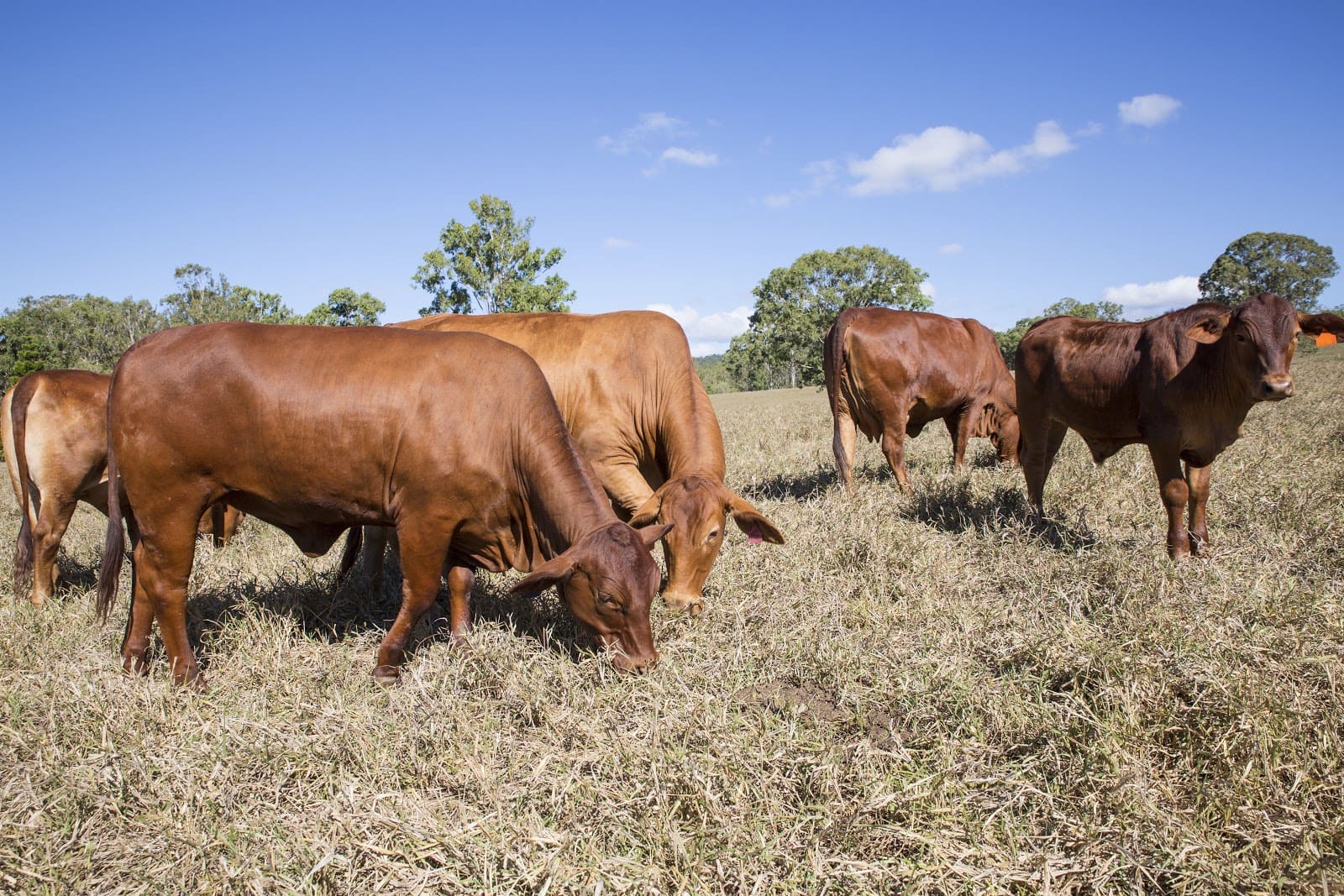The History of Alexandria Station
- On : March 14, 2021
- By : Entegra Signature Structures
Alexandria Station is one of the largest cattle stations in Australia and the biggest in the Northern Territory. There are three different complexes on the site. The main homestead, Alexandria, is on the banks of the Playford River. The other two outstations are Soudan and Gallipoli. Soudan is on the banks of the Rankin River whereas Gallipoli is in the eastern part of the property.
Key points
- The North Australian Pastoral Company (NAPCo) The North Australian Pastoral Company (NAPco) were the first pastoral lease holders in 1877
- 1990s was an innovative time with investment in mating yearling heifers, herd segregation, and bores.
- New practices, like a composite breeding program, have been introduced
Need a Quote?
Darwin Cattle Yards
Overall, the station covers 16,116 square kilometres (6,222 square miles), situated on the Barkly Tableland. To give you a better idea of the size, the station is bigger than the whole of Northern Ireland.
There are 55,000 head of cattle at the station. The owners also use the Mitchell grass on the land to produce hay to use at their other properties. This use of the property at Alexandria helps to sustain the success of the entire business. The history of this vast cattle station stretches back over a lengthy period of time. It began back in the 19th century.
RECOMMENDED ARTICLE
How does weather affect cattle? – Entegra Signature Structures
Origins of Alexandria Station
The North Australian Pastoral Company (NAPCo) were the first ones to hold a pastoral lease at what was then Alexandria Downs Station back in 1877. This was when William Collins, William Forrest, and Sir Thomas McIlwraith from Queensland joined with John Warner and Sir William Ingram from England, to create the company.
This was a difficult period for the cattle industry in Australia due to problems with periods of drought. This includes the Federation Drought (1895 to 1903) which is said to be the most serious in Australia’s history. However, NAPCo survived thanks mainly to its properties in Burdekin, which were not as severely affected and were close to abattoirs.

In 1937, there was an important change in the ownership of Alexandria Station. This was when Francis Foster invested in NAPCo. He did not just bring money with him. He also brought pastoral skills and a vision for Alexandria Station and the business’s long-term future.
This was an important turning point for the company as it instilled a sense of invention and creativity that still exists today.
At that time, as it is today, Alexandria was at the centre of the operations. Johnny Rankine spoke about his experiences working at the station from 1965. Rankine explained that the surroundings were more basic when he started work at the age of 14. He began working mustering cattle, and went on to become a bore mechanic, and road train driver.
In time, Rankine became a truck driver, driving around 55,000 kilometres a year on the station. Despite the size of the station, he never became lost as he knew the expanse so well.
RECOMMENDED ARTICLE
No weather worries for Darwin cattle yards – Entegra Signature Structures
The Recent History of Alexandria Station
Since the 1980s, NAPCo has continued to grow as an operation. Much of its success is due to its leaders, including members of the Foster family. Douglas Fraser, Michael Crouch, Christopher Lyndon, and Nigel Alexander have been critical to the company’s growth.
The 1990s was an especially impressive time for NAPCo, and an important time in the recent history of Alexandria Station. This was when the station leaders introduced innovative practices such as mating yearling heifers, herd segregation, and heavy investment in bores.
Ross Peatling managed the station at the time. He has since spoken about the fact that others in the cattle industry viewed the changes with scepticism. They were not convinced that the innovations would prove worthwhile.
However, the changes brought big dividends in this part of the history of Alexandria Station. So, other companies followed suit. This meant that Alexandria had a massive influence on northern beef production.
The influence is still felt, even after a change in ownership, in 2016. Although the Foster family still owns a 21% interest in the company, the Queensland Government now owns a 79% interest. The continued involvement of the Foster family is essential as the local and family influence is still a vital aspect of life at NAPCo, and Alexandria Station in particular.

It’s this influence that has helped the station to survive and develop over more than a century. New practices, like a composite breeding program, have been introduced. These practices are used by the 50 employees who work at Alexandria today, including musterers, road train drivers, and bore mechanics.
They work together to continue the development and success of the station. This dedicated work means that the long history of Alexandria Cattle Station is set to extend well into the future.
RELATED ARTICLES
How Robotics are Being Used in Cattle Feedlots – Entegra Signature Structures
How does weather affect cattle? – Entegra Signature Structures
Rain, hail or shine, Wagyu thrive – Entegra Signature Structures
https://www.centralstation.net.au/meet-the-crew/alexandria-station/
https://www.nma.gov.au/defining-moments/resources/federation-drought
Northern Australia Development

